
What is Reliability Testing? What are its Types?
In modern industrial and technological fields, the complexity of products is increasing. Whether it's electronic devices, mechanical systems, or software applications, users expect them to operate stably and consistently. The purpose of reliability testing is to simulate various real-world usage scenarios and environmental factors to identify potential product failures in advance, ensuring that the quality and performance of the product meet expectations.
Reliability testing evaluates a product's ability to maintain functional reliability throughout its intended lifespan under expected conditions of use, transport, or storage. It includes various types of tests, which are detailed below:
Types of Tests
Environmental Reliability Tests
These simulate the complex environmental factors a product might encounter during actual use, such as temperature, humidity, vibration, and impact, to evaluate its durability and stability under extreme conditions. Key tests include:
- High-Temperature Test: Evaluates performance and material aging in high-temperature environments.
- Low-Temperature Test: Assesses startup, operation, and stability in low temperatures.
- Damp Heat Test: Measures corrosion resistance, insulation performance, and functionality in high-temperature, high-humidity conditions.
- Temperature Cycling Test: Examines adaptability and reliability in environments with drastic temperature changes.
- Vibration Test: Checks resistance to vibrations during transport or use, preventing loose or damaged components.
- Impact Test: Assesses resilience to sudden impacts like drops or collisions.
Life Reliability Tests
These aim to determine the product's lifespan under normal usage conditions and predict failure times and reliability. Key methods include:
- Accelerated Life Testing: Speeds up product failure by increasing stress levels (e.g., temperature, voltage) to quickly gather reliability data. While faster, results may deviate from real-world usage.
- Fatigue Testing: Applies cyclic stress to simulate long-term use and evaluate fatigue life.
- Life Testing: Long-term use testing for more accurate reliability evaluation. Though realistic, it requires extended time periods.
Mechanical Reliability Tests
Focused on the mechanical structure and moving parts, these tests evaluate wear resistance, fatigue strength, and reliability. Examples include:
- Drop Test: Evaluates structural integrity and impact resistance, common for devices like smartphones and laptops.
- Keypad Life Test: Repeatedly presses keys or switches to assess lifespan and reliability.
- Insertion/Extraction Test: Assesses durability and contact reliability of connectors and interfaces through repeated usage.
- Bending Test: Measures mechanical strength and flexibility under bending or twisting forces, often applied to cables and flexible screens.
Software Reliability Tests
These tests evaluate software stability, functionality, and security across various scenarios. Examples include:
- Performance Testing: Assesses response time, throughput, and resource utilization under different loads to ensure smooth operation.
- Security Testing: Evaluates resistance to attacks and ability to protect user data, preventing breaches and viruses.
- Compatibility Testing: Ensures software works on different operating systems, browsers, and hardware devices.
Special Testing Projects
For specific products and industries, specialized reliability tests include:
- Ingress Protection (IP) Testing: Evaluates protection against dust and water, such as water-resistance ratings for smartphones.
- Salt Spray Test: Assesses material or product corrosion resistance in harsh environments.
- Electromagnetic Compatibility (EMC) Testing: Evaluates resistance to external electromagnetic interference and compliance with standards for electromagnetic emissions.
Testing Methods
- Stress Testing: Applies mechanical, electrical, or other stressors to observe product behavior and assess reliability.
- Failure Mode and Effects Analysis (FMEA): Systematically analyzes potential failure modes and their impact on the system to evaluate reliability.
Reliability testing is a systematic engineering activity. To effectively evaluate and improve a product’s reliability, the testing projects and methods must align with its specific application scenarios, design features, and quality requirements.
For consultation and services such as IPXX, salt spray, and high/low-temperature testing, please contact China JJR Laboratory.
More:CE Certification mark | UL Certification cost | RCM Certification | UN38.8 battery
Email:hello@jjrlab.com
Write your message here and send it to us
 High Chair for Children ASTM F404-21 CPC Certifica
High Chair for Children ASTM F404-21 CPC Certifica
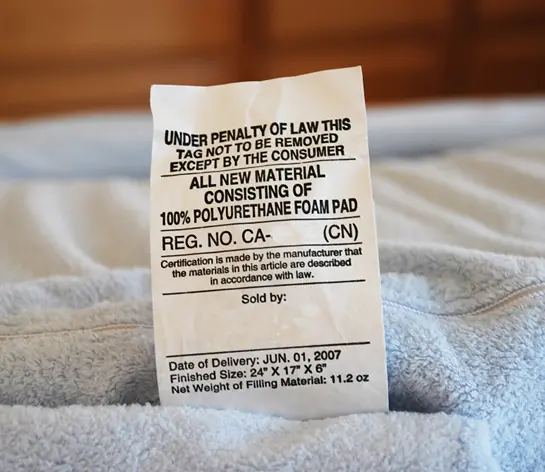 U.S. Law Label (URN Number) Registration Q\&A
U.S. Law Label (URN Number) Registration Q\&A
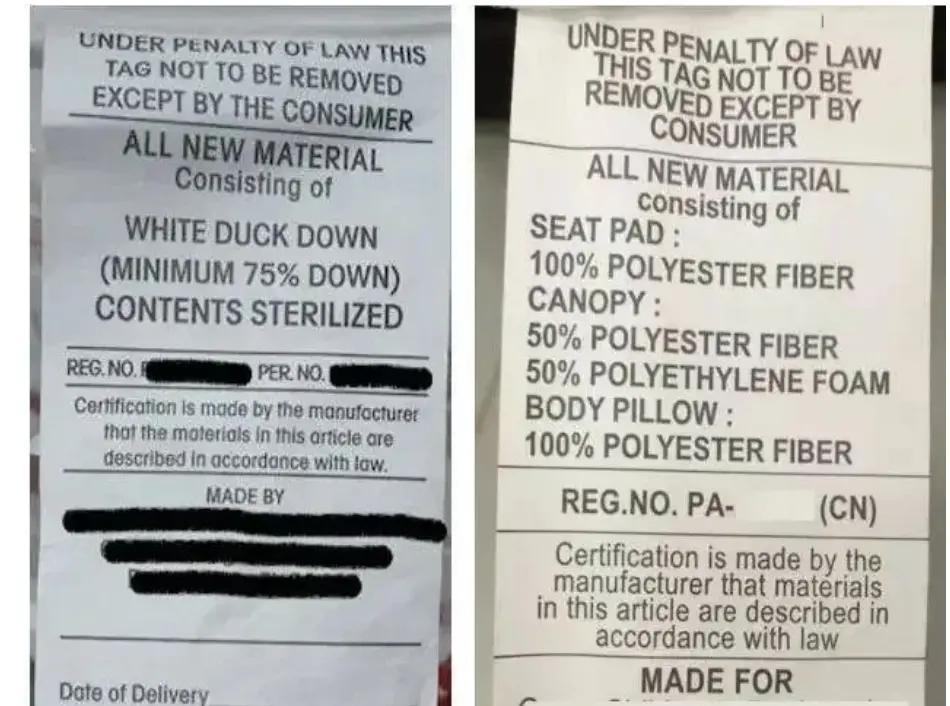 U.S. Furniture Export URN Law Label Registration
U.S. Furniture Export URN Law Label Registration
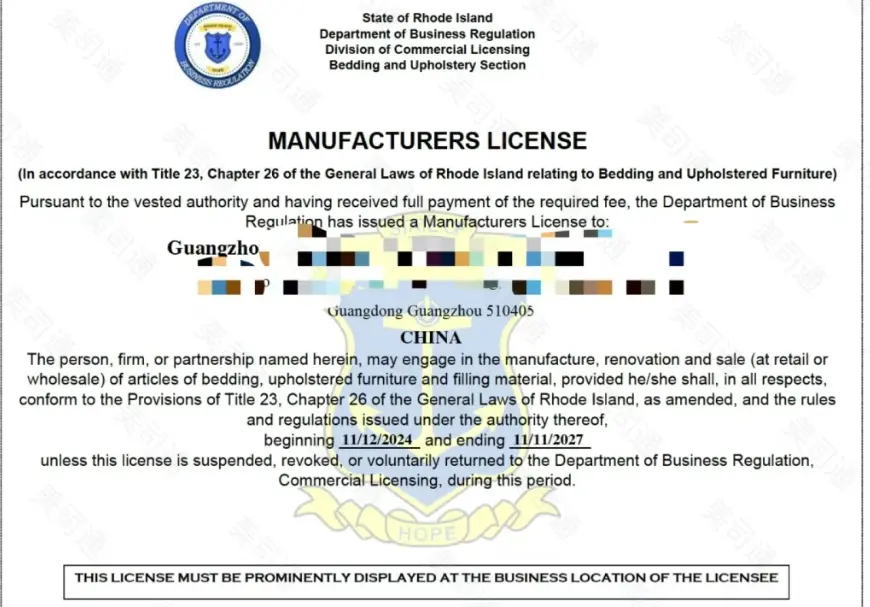 What is U.S. Law Label Registration?
What is U.S. Law Label Registration?
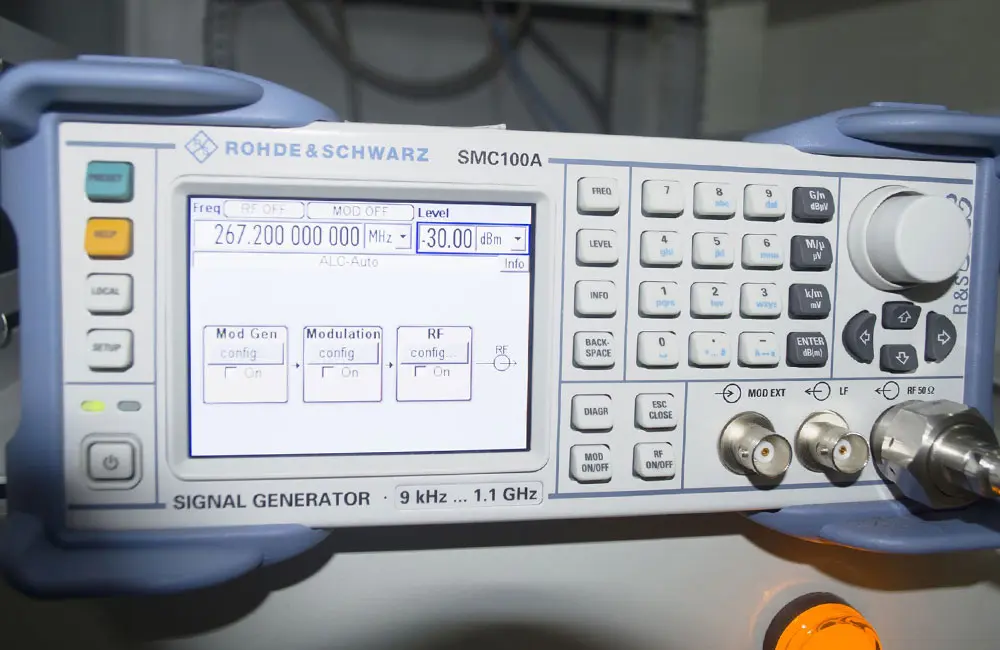 Rail Transit EN55015/EN50121-4
Rail Transit EN55015/EN50121-4
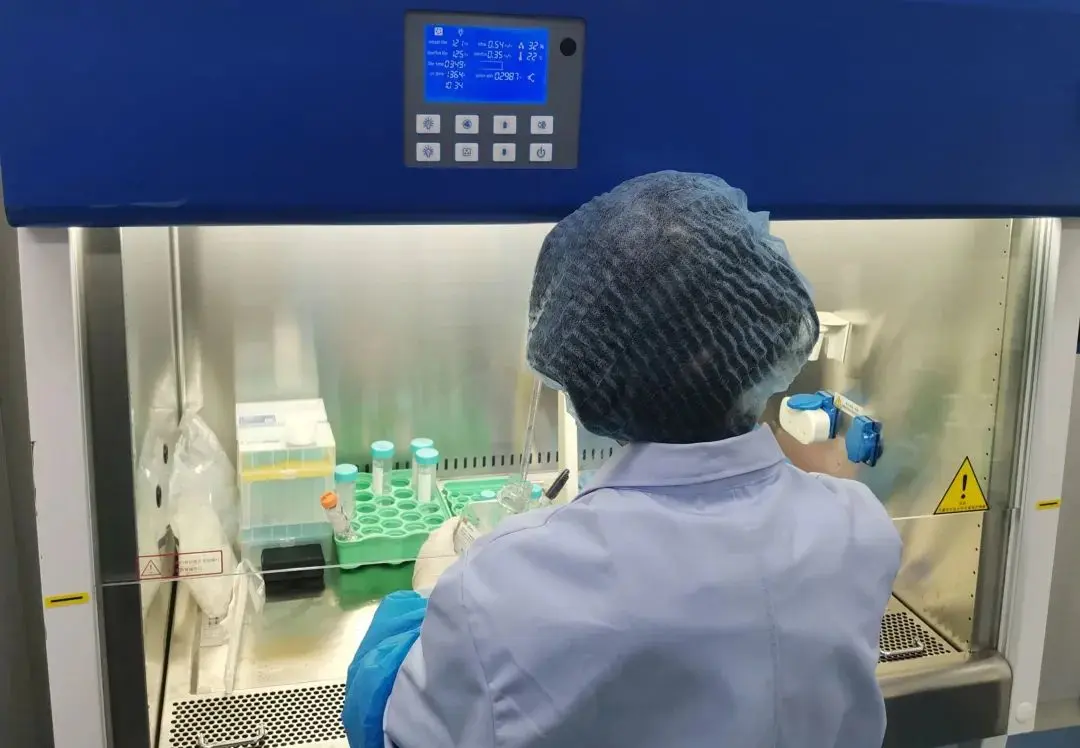 IEC 60601-1-2 EMC Test for Medical Electrical Equ
IEC 60601-1-2 EMC Test for Medical Electrical Equ
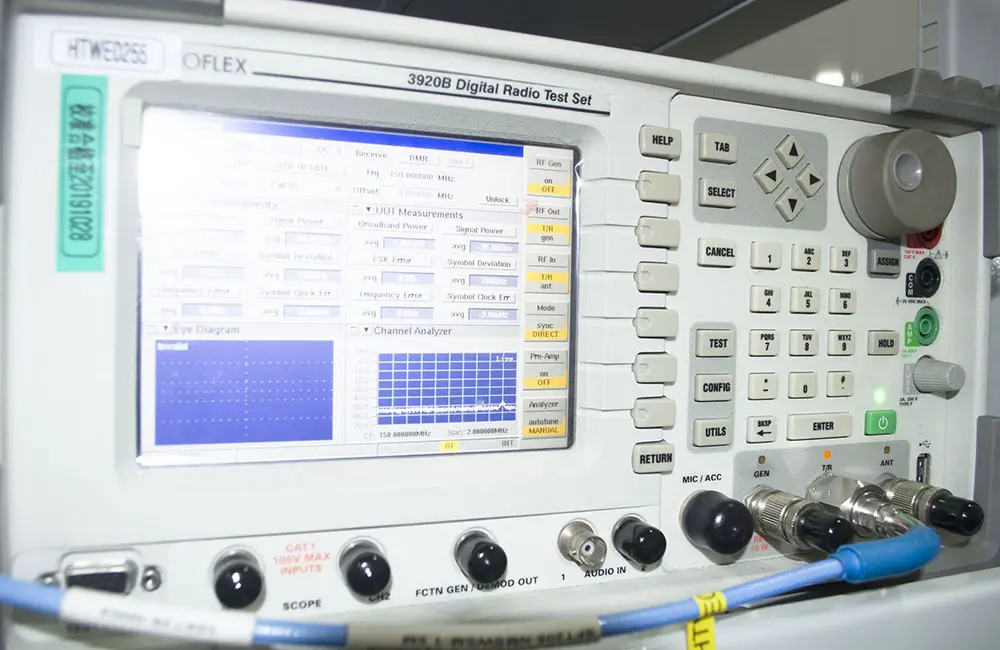 What Are the Safety Tests for Lithium Batteries?
What Are the Safety Tests for Lithium Batteries?
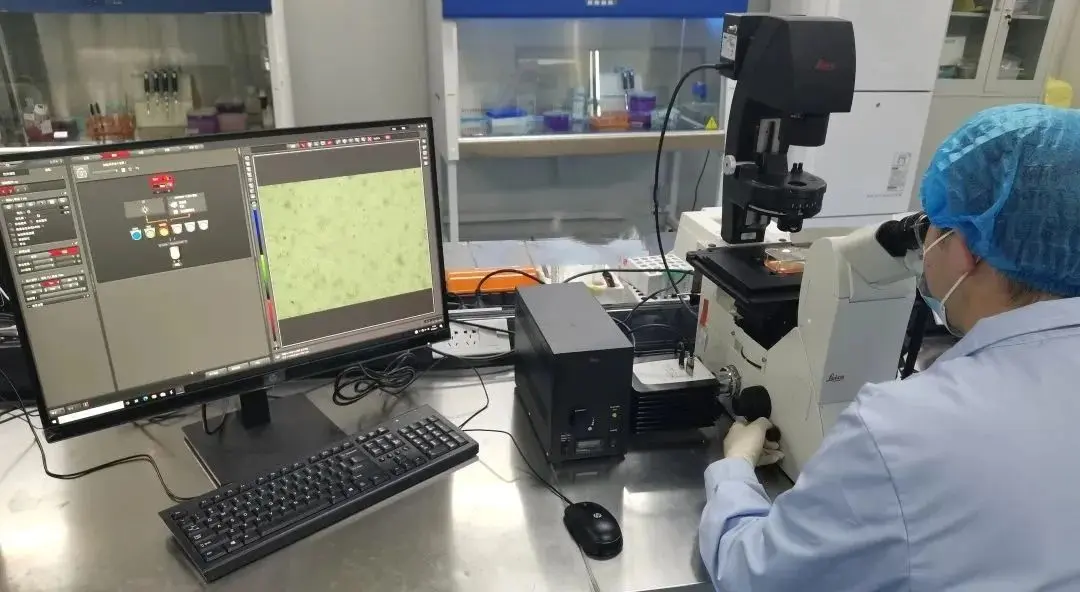 What is the YY 9706.111-2021 Standard?
What is the YY 9706.111-2021 Standard?
Leave us a message
24-hour online customer service at any time to respond, so that you worry!




